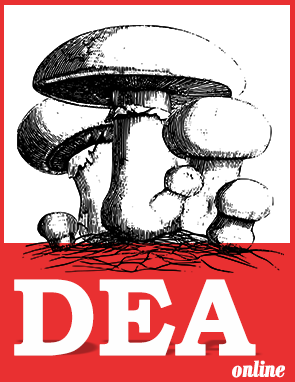Data Envelopment Analysis

What is DEA?
DEA (Data Envelopment Analysis) is a non-parametric method used to evaluate the efficiency and productivity of decision-making units (DMUs) that convert inputs into outputs. It’s a popular technique in operations research and management science, helping organizations identify best practices, benchmark performance, and optimize resource allocation.
DEA Steps
Identify Units
Select decision-making units (DMUs) to compare. Choose entities like branches or departments for analysis.
Collect Data
Gather input and output data for each DMU. Record resources used and results produced by each unit.
Select Model
Select model to best fit the analysis objectives and data characteristics.
Compute Efficiency
Use the model to calculate efficiency scores for each DMU. Determine how effectively each unit uses resources compared to others.
Benchmark
Identify efficient DMUs and set them as benchmarks. Find the best-performing units to serve as performance standards.
Analyze Results
Examine the efficiency scores and performance gaps.
Look at how each unit measures up and identify improvement areas.
DEA SOFTWARE
DEA software offers a user-friendly interface, easy Excel data import, and comprehensive help. Try the free demo version without installation. Edit each project with flexibility. Analyze efficiency and productivity with ease, making informed decisions a breeze

DEA Books
DEA Articles
This section highlights essential articles on Data Envelopment Analysis (DEA), covering foundational theories, advanced techniques, and real-world applications. These articles offer insights into efficiency measurement and benchmarking, providing practical examples and innovations. A valuable resource for understanding DEA’s evolving landscape and enhancing performance evaluation practices.

DEA Example



